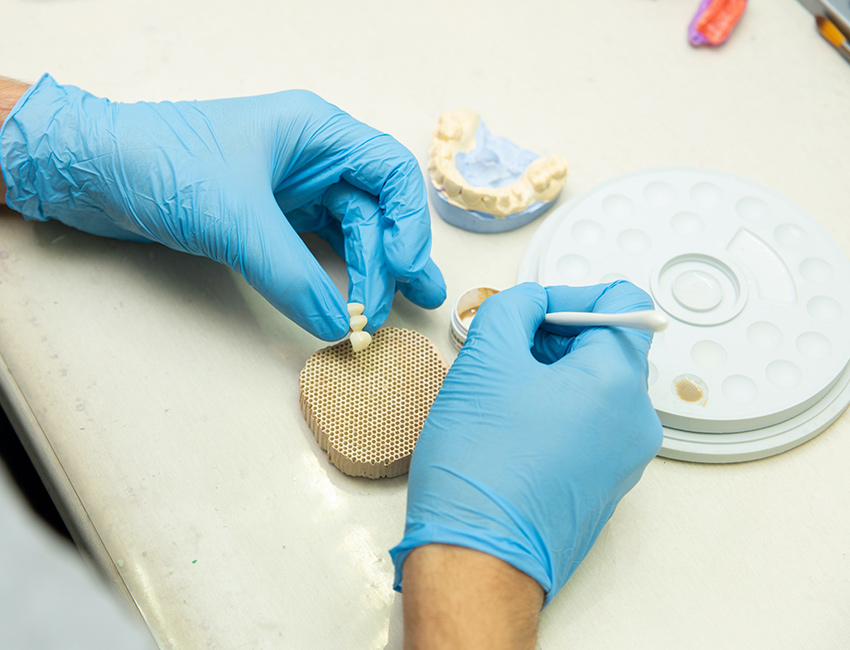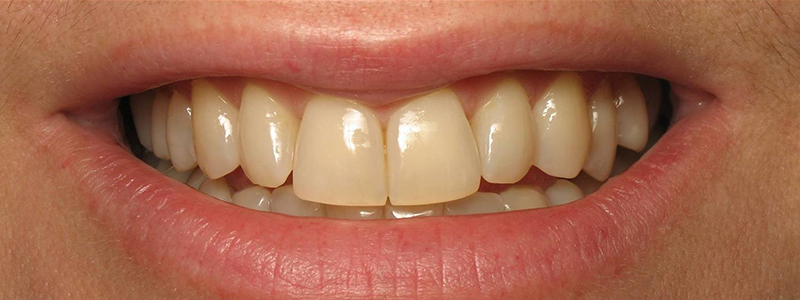BRIDGES

Missing a tooth or teeth?
Wish to go for a fixed solution but not implants?
Then the answer to your problem is a Dental Bridge
Dental bridge is a fixed treatment option to replace a missing tooth or few teeth by taking support from adjacent teeth.
The dental bridge is dependent on neighboring teeth. So it is important for the neighboring teeth to be healthy. Dental bridge can be placed once the gums on the removed tooth / teeth have healed. Usually one is advised to wait for approximately 3 weeks. But if a front tooth is removed, a temporary bridge can be given immediately so as to prevent embarrassment from missing the front tooth.
Dental bridge is a fixed treatment option to replace a missing tooth or few teeth by taking support from adjacent teeth.
Types of dental bridges
- Traditional fixed bridges – adjacent teeth support the dental bridge to replace the missing tooth/teeth. In this type, the adjacent teeth are prepared so as to support the bridge. The dental bridge is a single unit in which a unit fully covers the prepared tooth.
- Maryland bonded bridge – Minimum preparation is done on the adjacent teeth. This type is usually given when a single front tooth is missing. The Bridge will have 2 wings which are then bonded on the inner surface of the neighboring teeth to take support.
Benefits of Bridges:
1. Restores your smile by restoring aesthetics
2. Restores the ability to chew food
3. The forces of chewing are distributed giving a relief to rest of the teeth
4. Prevents drifting of adjacent teeth in the space left by the missing tooth
5. Boosts your confidence
6. The shape of your face is maintained
1. What happens if I don’t replace the missing teeth?
If you don’t replace the missing teeth
- Bone will resorb substantially giving you an older appearance
- Hindrance in speech – front teeth are important while talking
- Insufficient chewing forces – the act of chewing is sub par as there careless teeth to work
- Load on other remaining teeth – As there is no replacement of missing teeth, the remaining teeth have to bear the extra load while eating. This makes the remaining teeth weaker and prone to fracture.
- Drifting of neighboring teeth in the space – Teeth tend to shift and occupy in the now available space. This causes issues with biting as the forces are unevenly distributed.
2. What are the steps to receive a Dental Bridge?
- After your wound is healed completely, your neighboring teeth will be assessed to check if they are healthy enough to support the bridge
- The adjacent teeth are then prepared according to the type of bridge to be placed
- A customized impression is made to record the prepared teeth and the space available.
- The dental bridge is prepared in the dental lab and then placed on your teeth
3. How many appointments are required for Dental Bridge?
Usually, you will need 3 to 4 appointments for placing a Dental Bridge.
4. When can I replace my missing teeth with a Dental Bridge?
Dental bridge can be placed once the gums on the removed tooth / teeth have healed. Usually one is advised to wait for approximately 3 weeks. But if a front tooth is removed, a temporary bridge can be given immediately so as to prevent embarrassment from missing the front tooth.
Take following care for maintaining dental bridges:
- Brush twice daily using fluoridated toothpaste and soft bristled toothbrush
- Gargle and rinse after every meal
- Floss twice daily
- Clean from around the dental bridge properly as it is easy for plaque to accumulate on and around the dental bridge.
- It is important to keep the teeth giving support to the bridge healthy by brushing properly.
- Visit the dentist every 6 months for routine check up
Dental Bridge = 3 options
Metal Crown NPR 12,000/- per tooth
PFM crown NPR 13,500/- per tooth
ZICRONIA CROWN: BASIC NPR 25,000/- per tooth
ZICRONIA CROWN: CLASSIC NPR 30,000/- per tooth
ZICRONIA CROWN PREMIUM NPR 35,000/- per tooth

BOOK AN APPOINTMENT






